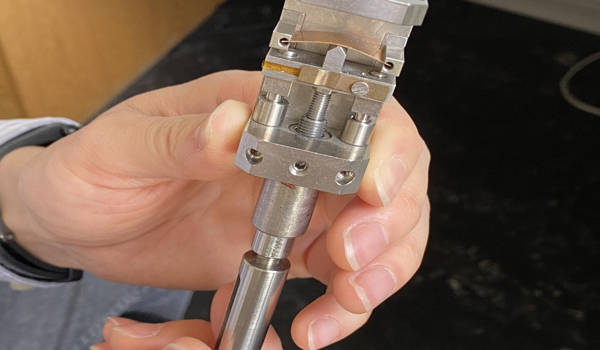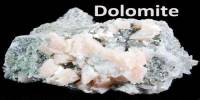According to researchers at the University of Basel, the electronic properties of graphene can be specifically modified by stretching the material evenly. These findings pave the way for the creation of new types of electronic components.
Graphene is made up of a single layer of hexagonally arranged carbon atoms. The material is very flexible and has excellent electronic properties, making it appealing for a wide range of applications, particularly electronic components. Graphene is a carbon allotrope composed of a single layer of atoms organized in a two-dimensional honeycomb lattice. The name is a combination of the words “graphite” and the suffix -ene, referring to the fact that the graphite allotrope of carbon is made up of stacked graphene layers.
Researchers at the Swiss Nanoscience Institute and the Department of Physics at the University of Basel, led by Professor Christian Schönenberger, have now investigated how mechanical stretching can be used to manipulate the material’s electronic properties. To accomplish this, they created a rack that allows them to stretch the atomically thin graphene layer in a controlled manner while measuring its electronic properties.
The electronic properties of graphene can be specifically modified by stretching the material evenly, say researchers. These results open the door to the development of new types of electronic components.
Sandwiches on the rack
The researchers first created a “sandwich” of graphene between two layers of boron nitride. This layer stack, complete with electrical contacts, was placed on a flexible substrate.
The researchers then used a wedge to apply force to the sandwich’s center from below. “This allowed us to bend the stack in a controlled manner and elongate the entire graphene layer,” lead author Dr. Lujun Wang explained.
“Stretching the graphene allowed us to specifically change the distance between the carbon atoms, and thus their binding energy,” said experiment supervisor Dr. Andreas Baumgartner.

Altered electronic states
Using optical methods, the researchers first calibrated the stretching of the graphene. They then used electrical transport measurements to investigate how graphene deformation affects electronic energies. For the energy changes to be visible, the measurements must be taken at -269°C.
“The distance between the atomic nuclei directly influences the properties of the electronic states in graphene,” summarized Baumgartner. “Only the electron velocity and energy can change with uniform stretching. The energy change is essentially the ‘scalar potential’ predicted by theory, which we have now experimentally demonstrated.”
These findings could lead to the development of new sensors or transistors, for example. Graphene also serves as a model system for other two-dimensional materials, which have become a major research topic in recent years around the world.
For decades, scientists have speculated on the potential existence and production of graphene. It has most likely been produced unknowingly in small quantities for centuries through the use of pencils and other similar graphite applications. It was discovered in electron microscopes in 1962, but it could only be studied while supported on metal surfaces.
The material was later rediscovered, isolated, and characterized in 2004 by Andre Geim and Konstantin Novoselov of the University of Manchester, who won the Nobel Prize in Physics in 2010 for their work on it. High-quality graphene was surprisingly simple to isolate.
The International Union of Pure and Applied Chemistry (IUPAC) recommends using the name “graphite” for the three-dimensional material and “graphene” only when discussing the reactions, structural relationships, or other properties of individual layers. A more specific definition of “isolated or free-standing graphene” requires that the layer be sufficiently isolated from its surroundings, but it would also include layers suspended or transferred to silicon dioxide or silicon carbide.
















